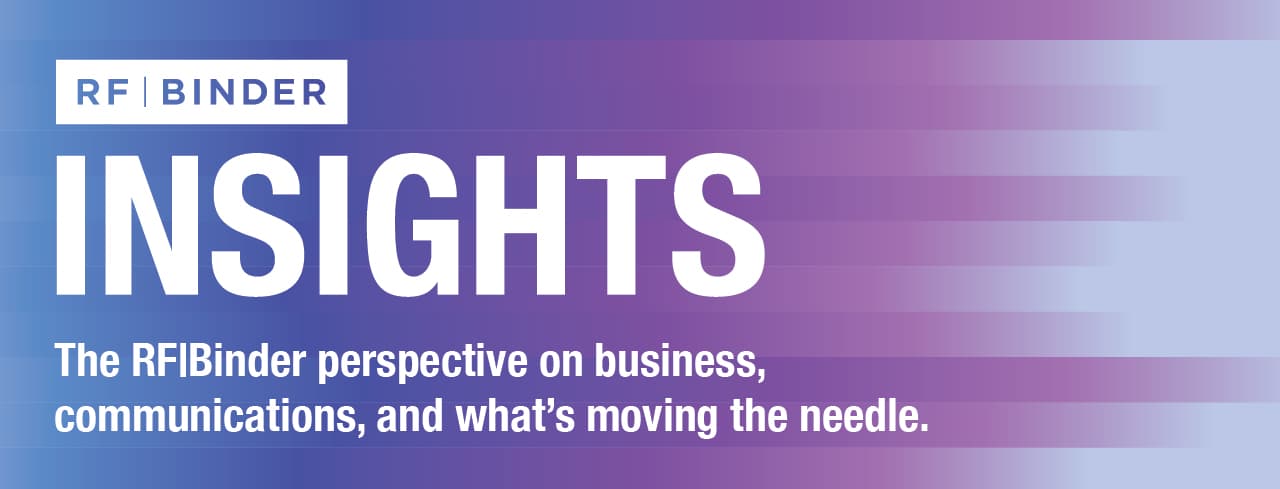Regional and community bank executives will be happy to say goodbye to 2023 after the harrowing events of Spring, when public anxiety over the collapse of Silicon Valley Bank prompted many to send out communications assuring customers of their institutions’ financial soundness. That made sense in a news environment in which SVP had become fodder for late night hosts like Jimmy Fallon, who observed: “It’s never good when people who are watching CNBC are shrieking louder than the people watching ‘Scream 6.’”
By the end of March, some media outlets were reporting that the flow of deposits out of regional and community banks to money center banks had largely stabilized. But regional and community strategic challenges were far from over. At the top of the list: The continuing proliferation of competitors in banking services.
Financial service players of every stripe now want a piece of the consumer banking business, offering savings accounts, checking accounts, payments services, lending to individuals and companies, or credit cards. Fintechs, “neobanks”, investment managers, securities brokers, insurers and online mortgage lenders have all developed banking capabilities or bank-like services offerings.
Even big retailers like Walmart and Amazon are building out online banking services. These new players have surmounted regulatory barriers by buying traditional banks, making strategic partnerships with chartered institutions, or in some cases acquiring state or federal bank charters themselves.
A principal driver of this transformation of the competitive landscape has been the public’s embrace of online banking, a trend that’s had a particularly significant impact on regional banks, community banks and credit unions. One consequence: These institutions have poured billions of dollars into their technology infrastructure over the years to create a compelling, competitive online customer experience. Not surprisingly, the cost of continuous tech innovation has highlighted the advantage of scale in banking, leading to forecasts of further consolidation among regional and community banks.
Further complicating the battle for banking customers is a tougher post-pandemic operating environment. Inflation and higher interest rates have pressured banks to raise the interest rates they pay on savings, squeezing margins. The new online environment means customers more easily can move savings around to different institutions in the chase for higher yields. The “frictionless” inflows and outflows of deposits was highlighted in last spring’s concerns. At the same time, traditional banks have moved to match in many cases their online competitors’ lower fees (eliminating some altogether), as well as launching awards programs that are particularly appealing to younger customers.
In the face of the new competition, regional and community banks may have an opportunity that they can capitalize on. Research indicates that they still enjoy a significant reputational edge in the market for banking services. As evidence, it’s worth looking back at the results of a Morning Consult survey conducted at the height of anxiety, March 13-15:
- 81% of US adults said they trust community banks to “do what is right.” That was slightly higher than the trust score given to national banks (78%).
- Substantially lower trust was registered for digital banks, with only 57% of respondents saying they would trust them to “what is right.”
- Not surprising, Baby Boomers show the highest level of trust in banks in general (78%). The trust scores among younger generations were substantially lower: Gen X (66%), Millennials (66%) and Gen Z (62%).
- Higher income customers were significantly more confident in government backstops to protect their money.
The data is far from definitive, but it does suggest that regional and community banks enjoy a meaningful edge on the issue of trust, particularly among older, more well-heeled customers. The challenge may be to raise the younger generational cohorts who are not as far along in their wealth-building.
As bank leaders know, the key to building trust is strong customer service. But banks are also in a strong position to become a trusted source of advice, particularly when it is linked to current financial and economic developments.
Investment and financial planning are of course areas in which banks have built capabilities for customers with the appropriate level of assets. But important for younger customers is a well-produced flow of content on daily issues of financial management. The content has to be relevant, easily consumed and relatable in tone. (Avoid the financial literacy “classroom” approach.) Advice must also “meet” the younger customer where they live through a strong social media program and on media that they look to as highly credible. (SoFi’s daily newsletter is a good model.)
Banks can strengthen this content with partnerships of third-party experts who can address such everyday issues as educational finance, health insurance and cost, buying a new car and managing a move – in other words, a range of topics unrelated to the bank’s specific products or services. Becoming a source of practical advice can work with a bank’s drive for highly satisfying customer services, attractive awards programs, community engagement and other activities to capitalize on customer trust.
As a recent Mintel study noted, if banks “are to be passive and forgo the importance of engaging in customers’ banking journeys (e.g., gamification, financial wellness tips, social media presence), then they run the risk of being relegated to a backseat role in their young customers’ lives.”
Building a strong communications program that is tailored to meet the needs of the target audience can go a long way in helping to build trust and strengthen community and regional banks’ reputation. Now more than ever, it is important for community and regional banks to stand apart from the competition and get in front of their customers, marrying proactive communications initiatives to business objectives.

